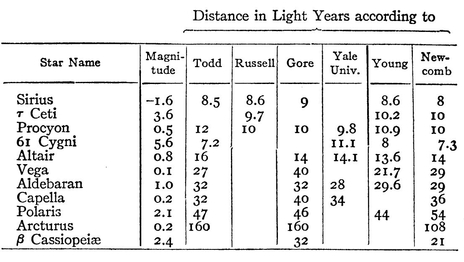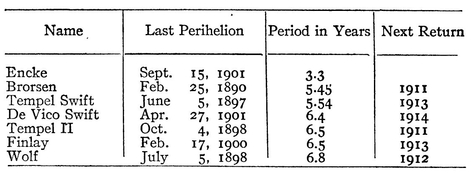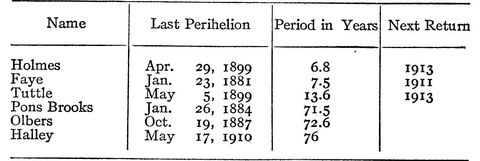William Tyler Olcott - Star Lore: Myths, Legends, and Facts
Here you can read online William Tyler Olcott - Star Lore: Myths, Legends, and Facts full text of the book (entire story) in english for free. Download pdf and epub, get meaning, cover and reviews about this ebook. year: 2012, publisher: Dover Publications, genre: Science fiction. Description of the work, (preface) as well as reviews are available. Best literature library LitArk.com created for fans of good reading and offers a wide selection of genres:
Romance novel
Science fiction
Adventure
Detective
Science
History
Home and family
Prose
Art
Politics
Computer
Non-fiction
Religion
Business
Children
Humor
Choose a favorite category and find really read worthwhile books. Enjoy immersion in the world of imagination, feel the emotions of the characters or learn something new for yourself, make an fascinating discovery.
- Book:Star Lore: Myths, Legends, and Facts
- Author:
- Publisher:Dover Publications
- Genre:
- Year:2012
- Rating:4 / 5
- Favourites:Add to favourites
- Your mark:
Star Lore: Myths, Legends, and Facts: summary, description and annotation
We offer to read an annotation, description, summary or preface (depends on what the author of the book "Star Lore: Myths, Legends, and Facts" wrote himself). If you haven't found the necessary information about the book — write in the comments, we will try to find it.
Star Lore recounts the origins and histories of star groups as well as the stories of individual constellations: Pegasus, the winged horse; Ursa Major, the Greater Bear; the seven daughters of Atlas known as the Pleiades; the hunter Orion, accompanied by his faithful dogs; Canis Major and Canis Minor; the signs of the Zodiac; and minor constellations such as the ship Argo, the Giraffe, and the Unicorn.
Fifty-eight black-and-white images include photographs of the actual stars as well as scenes from their related myths portrayed by Michelangelo, Rubens, Veronese, and other artists. This edition features a new introduction by astronomer Fred Schaaf, in addition to an extensive appendix and index.
William Tyler Olcott: author's other books
Who wrote Star Lore: Myths, Legends, and Facts? Find out the surname, the name of the author of the book and a list of all author's works by series.

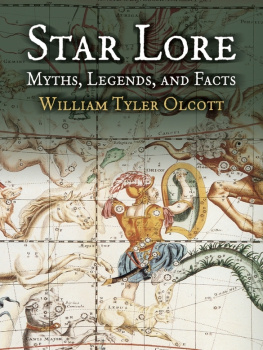
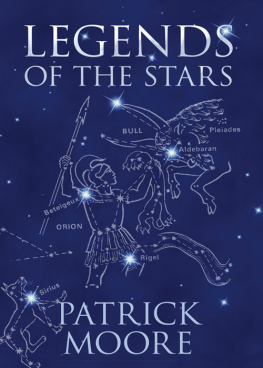
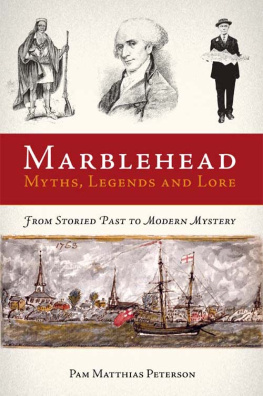

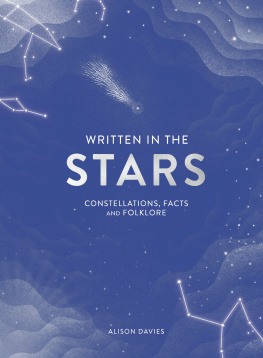
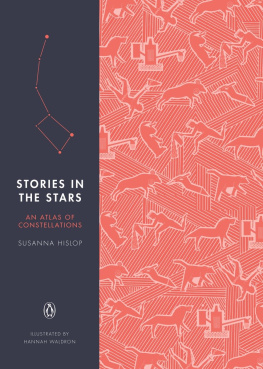
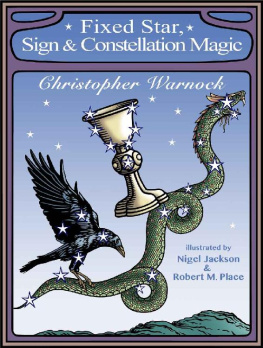
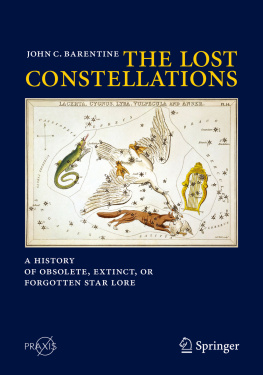
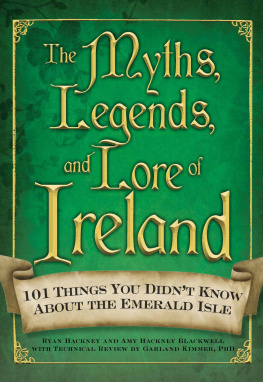

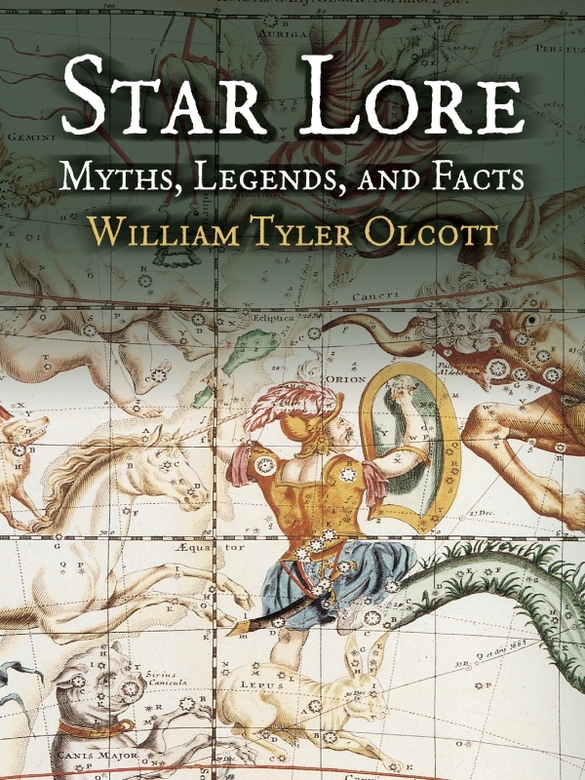
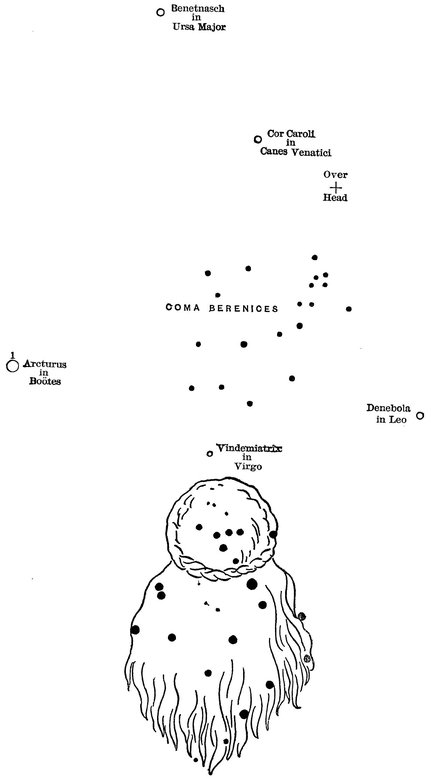
 Canis Majoris
Canis Majoris that of the full moon.
that of the full moon.